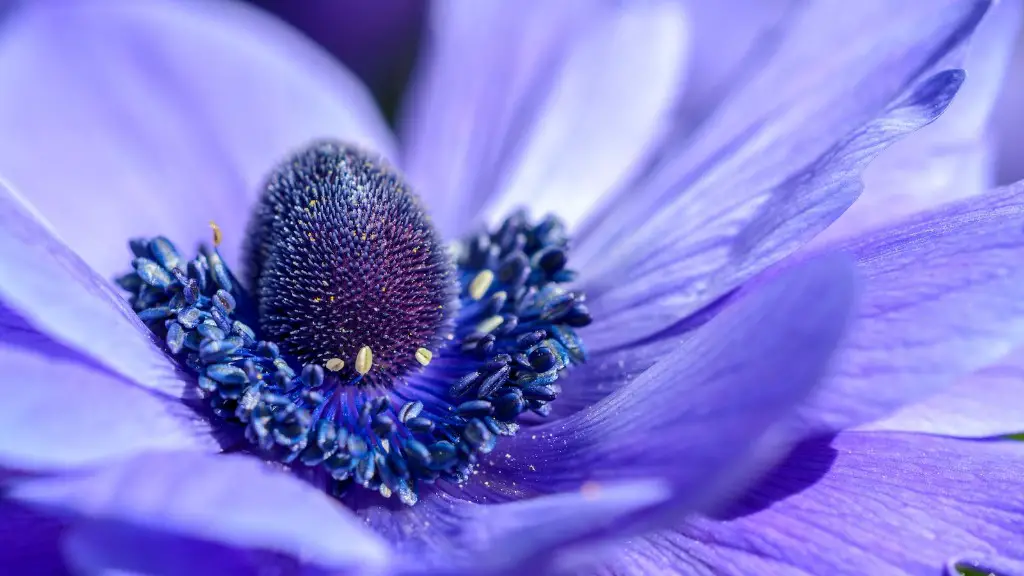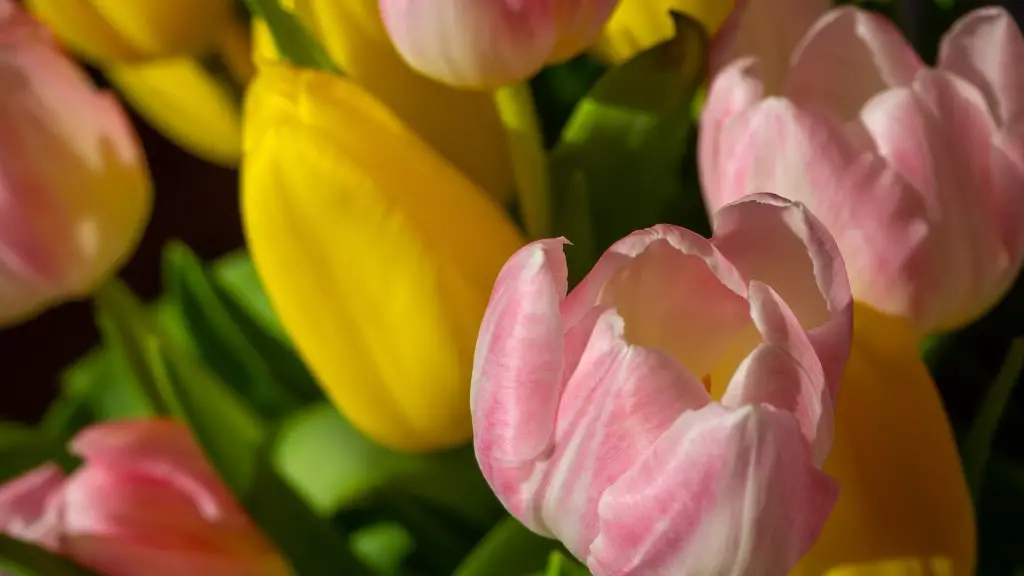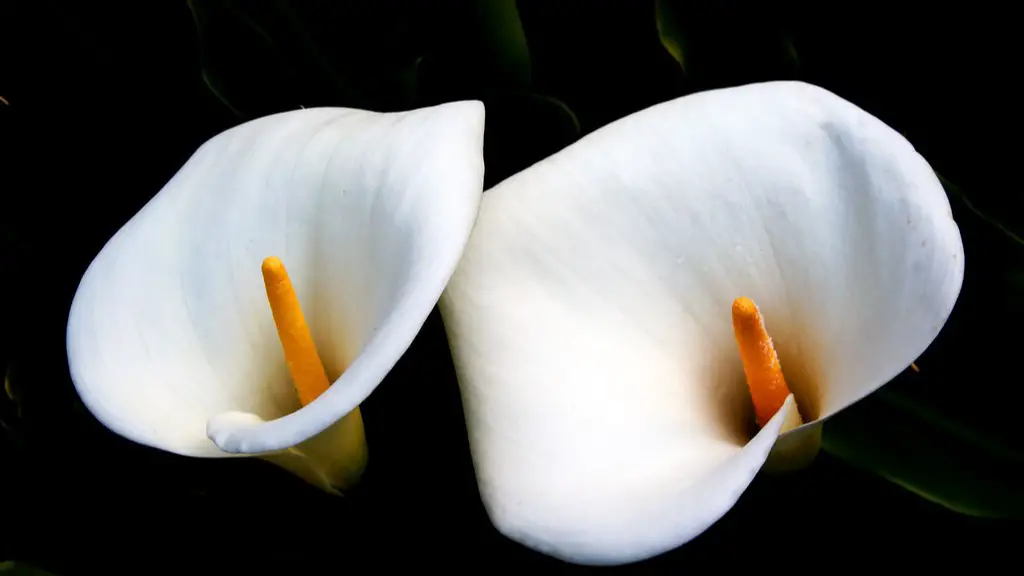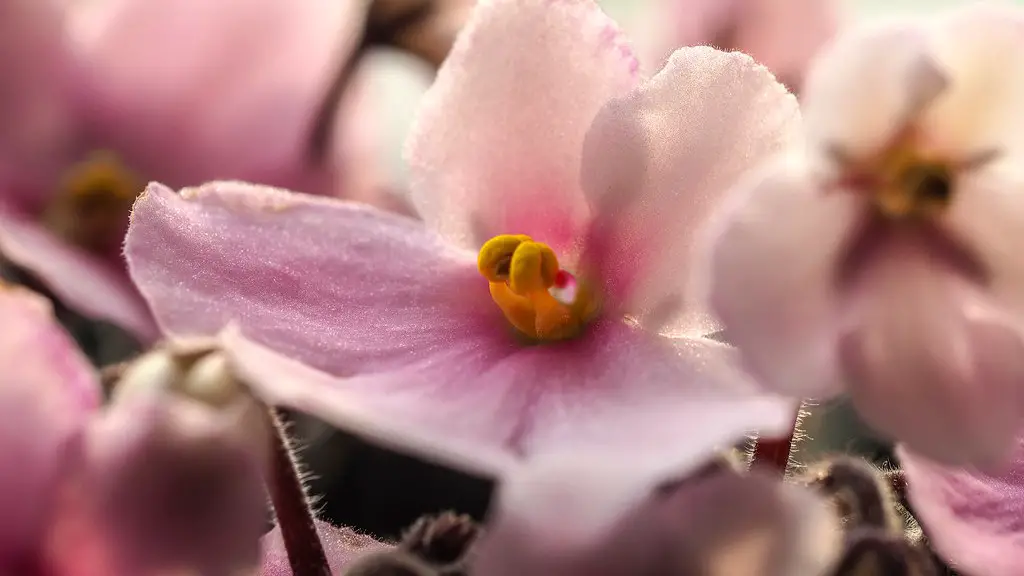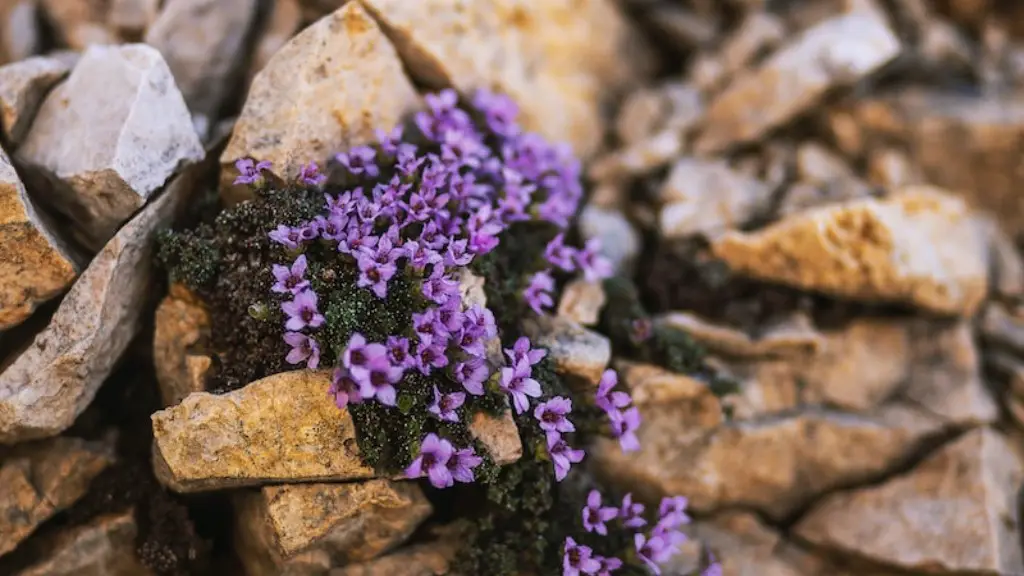African violets are a type of houseplant that is relatively easy to care for. They are known for their colorful flowers and love of warm, humid environments. When it comes time to separate two African violets, there are a few things to keep in mind. First, make sure that both plants are healthy and have a good root system. Second, use a sharp knife or garden shears to carefully divide the root ball in half. Finally, replant each half in its own pot with fresh potting soil and water well. With a little patience and care, your two African violets will soon thrive in their new homes!
The best way to separate two African violets is to carefully dig up the plants, being careful not to damage the roots. Once the plants are uprooted, gently pull them apart, making sure that each plant has an equal share of roots. Finally, replant the African violets in separate pots filled with fresh potting soil.
What is the best way to separate African violets?
Splitting African violet babies or pups is a great way to propagate your plants and create new ones. To do this, simply cut the pups off from the main stem of the plant and pot them in their own soil. They will quickly develop their own roots and turn into new plants.
A mature African violet might have one pup or it may have several. Removing suckers is a good way to propagate a new plant, but it also keeps the mother plant healthy, as suckers can rob the plant of nutrients and energy, thus reducing flowering and shortening the life of the plant.
Do African violets like to be crowded
It can be tricky to find the right balance when it comes to African violets and their potting. They like to be a little crowded above ground, but if they are too crowded below ground they can start to struggle. In fact, an African violet with too many leaves might even withhold its beautiful blooms—or stop growing altogether!
It is important to be very careful when separating the mother leaf from the baby plantlets, as African Violets are very delicate. Gently tugging on the mother leaf should do the trick, but be careful not to damage the roots of either plant. With a little patience, you should be left with the mother leaf with a large root system and the cluster of baby African Violet plantlets with their shallow root system.
What do you do when African violets get too big?
If you find that your African violet is becoming leggy, there are a few things you can do to combat this. One is to repot the plant in a fresh space. This will give it a chance to start growing new leaves. Another is to fertilize the plant with a liquid plant food specifically designed for violets. This will help keep the plant healthy and promote new growth. Finally, make sure to keep the plant trimmed and remove any leggy stems. By following these steps, you should be able to keep your African violet looking its best.
The good news is that it’s easy to root these flowering beauties. The quickest and easiest way I’ve found to root African violets is in water using a leaf. You can take the leaf from your existing African violets, or even from a friend’s plant.
Is it OK to touch African violet leaves?
Repeated brushing of the leaves of African violets can actually decrease the plant’s quality and size. So the next time you’re tempted to reach out and touch one of these pretty plants, remember to keep your hands off!
If you have more than one African violet plant, don’t put them so close together that their leaves touch. Giving them some space will help to ensure that they get the air circulation they need to stay healthy.
How often should African violets be watered
A wicking system is a great way to make sure your African violets are never over watered. Simply water the plant once a week and allow the plant to completely dry between waterings. This will allow the roots to take in moisture as needed, and prevent them from sitting in water and becoming oversaturated.
If you want your African violets to thrive, it’s best to plant them in African violet pots. These small (4- to 5-inch) ceramic or plastic self-watering containers will make sure the plants always have the right amount of moisture.
What time of year do you repot African violets?
An African Violet should be repotted when it becomes rootbound. This occurs when the roots of the plant have outgrown the current pot and are growing out and around the rootball. When this happens, the plant will need to be repotted in a larger pot.
Coffee grounds are rich in nitrogen and slightly acidic, making them great for African violets. By occasionally sprinkling used coffee grounds on top of your African violet potting soil, you’ll help the plant to grow healthy foliage.
Do African violets multiply
Both African violets and rex begonias can be easily propagated from leaf cuttings. To do so, simply take a whole leaf or even just a part of a leaf and place it in a pot of soil. Since a detached leaf will quickly wilt, it is important to have the pot of soil ready before taking the cutting.
You go to the base of the plant and you simply pinch. You can use pruners if you want to but the plant will heal the wound quickly so it’s not necessary.
Why do you water African violets from the bottom?
The African Violet is a beautiful and popular plant that is easy to care for. Aeration is important for the roots of the plant, so watering from the bottom and keeping the soil moist but not soggy is key. African Violets also like warmer water, around 70 degrees.
When it comes to African violets, it’s best to err on the side of a pot that’s slightly too small rather than too large. Professional growers recommend starting with a pot that’s 3-4 inches in diameter for a standard African violet plant. The reasoning is that African violets do best when they are slightly pot-bound, meaning their roots have just enough space to fill the pot. This encourages robust growth and helps prevent issues like leggy growth or yellowing leaves.
Warp Up
The best way to separate two African violets is to use a sharp knife or a pair of scissors. First, you need to make sure that the pot is big enough to accommodate both plants. Next, you need to dig up the plants, being careful not to damage the roots. Finally, you need to cut the roots apart and replant the violets in separate pots.
The best way to separate two African violets is to carefully dig up the plants, being careful not to damage the roots. Gently pull the plants apart, then replant each one in its own pot.

